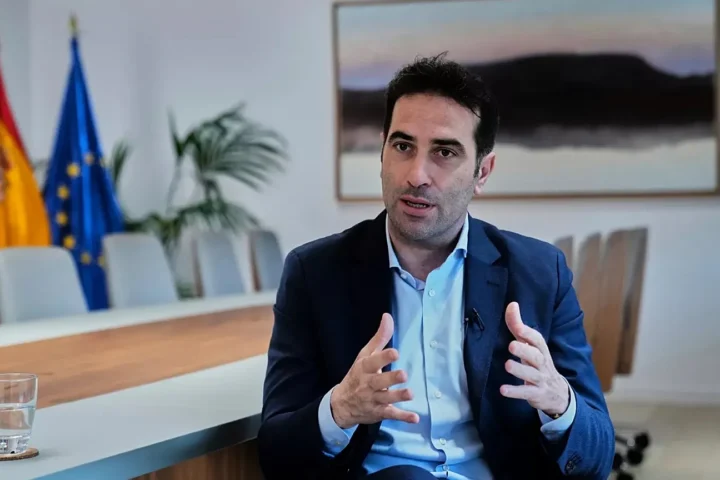Jared Isaacman, the billionaire tech entrepreneur and spacewalker, has revealed his bold vision for NASA’s future during his Senate nomination hearing on Wednesday. Nominated by President Donald Trump to become the next administrator of NASA, Isaacman emphasized the importance of pursuing both lunar and Martian exploration simultaneously, stating, “We must do both.”
If confirmed, Isaacman, 42, would not only become NASA’s youngest-ever leader but also one of the few administrators with firsthand spaceflight experience. Having flown into space twice on SpaceX missions, Isaacman’s most notable achievement includes completing the first-ever private spacewalk in September 2022.
During the Senate Commerce, Science, and Transportation Committee hearing in Washington, Isaacman assured senators that his vision for the U.S. space program includes a continued commitment to returning astronauts to the Moon. “I didn’t say we shouldn’t go to the moon,” he remarked. “What’s taking so long to get back to the moon, and why does it cost so much? I absolutely want to see us return to the Moon.”
Despite his focus on Mars, Isaacman stressed that lunar and Martian missions could proceed in parallel. He emphasized NASA’s ability to tackle both goals with current funding, though he did not provide specifics on the agency’s budgetary needs.
Isaacman’s nomination has raised questions, given his outsider status. He is not a scientist and has no previous experience working within NASA, nor has he been deeply involved in political circles. However, Isaacman remains confident that his unique background—coming from a business and spaceflight background—provides valuable insight into NASA’s future.
At the heart of the debate is whether the U.S. should prioritize returning to the Moon or focus on preparing for a human mission to Mars. With China making strides in space exploration, Senator Ted Cruz of Texas voiced concerns about shifting priorities. “An extreme shift in priorities at this stage would almost certainly mean a red moon, ceding ground to China for generations to come,” Cruz warned.
NASA’s Artemis program aims to return astronauts to the Moon, with a crewed lunar landing planned for 2027. However, the program has faced delays and rising costs, particularly due to setbacks with NASA’s Space Launch System (SLS) rocket.
Isaacman, an advocate for innovation, supports the idea of utilizing SpaceX’s Starship—the world’s most powerful rocket—as part of the Artemis program to send astronauts to the Moon. Additionally, Isaacman sees Starship as crucial for a future Mars mission, allowing for more cost-effective travel through its reusability.
The connection between Isaacman and SpaceX founder Elon Musk has sparked concerns about potential conflicts of interest, especially considering SpaceX’s extensive contracts with NASA. However, Isaacman firmly stated, “My loyalty is to this nation, the space agency, and their world-changing mission,” clarifying that he would remain independent from Musk’s influence.
As for the International Space Station (ISS), Isaacman supports its continuation through 2030, aligning with NASA’s current plans. Musk, however, has previously suggested that the ISS should be decommissioned in favor of private space stations, focusing more on Mars missions.
Isaacman’s nomination continues to spark discussion on the future of space exploration, with his vision balancing the excitement of venturing to Mars while honoring NASA’s legacy of lunar exploration.


























